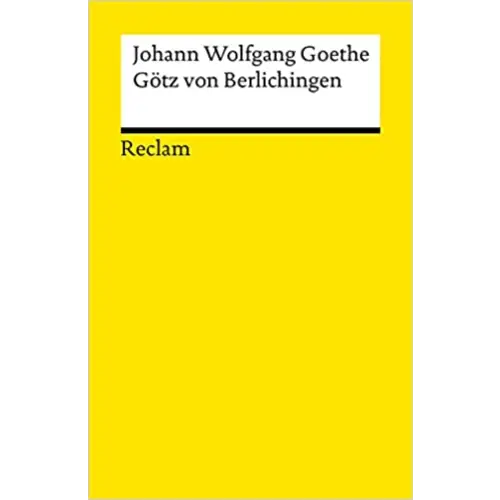Johann Wolfgang Goethe's play "Götz von Berlichingen mit der Eisennen Faust," first published anonymously in 1773 and performed in 1774, was preceded by the original version "Urgötz" from 1771 (published in 1832). Goethe's primary source was the autobiography of the Imperial Knight Götz (also called Gottfried) von Berlichingen (1480-1562), published in 1731. As a historical drama, "Götz" reflects the fragmentation of the German Empire at the beginning of the modern era and connects the personal and public fortunes of its protagonist. The impact of Goethe's play was largely due to the Sturm und Drang movement's customary dissolution of the classical unities of place, time, and action. In "Götz von Berlichingen," the locations of the more than fifty individual scenes are constantly shifted. Also striking is the characterisation of representatives from different levels and institutions, each characterised by different language use.

